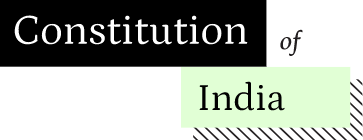36. (1) The President shall be the head of the office of the Assembly.
(2) The Office shall consist of two branches, an Advisory Branch and an Administrative Branch.
Organization of office.
(3) There shall be a Constitutional Adviser, to be appointed by the President, who shall be the head of the Advisory Branch.
(4) There shall be a full-time Secretary, to be appointed by the President, who shall be the head of the Administrative Branch, provided that if a member of the Assembly is appointed Secretary, he shall resign his office as member.
(5) There shall be under the Constitutional Adviser and the Secretary respectively such other officers and establishments as the President may, on the advice of the Staff and Finance Committee, determine.
(6) The President may make such temporary appointments as are necessary to enable the Sections to meet. Thereafter the Sections may appoint their own Secretaries subject to confirmation by the President and these shall rank as Joint Secretaries in the Office of the Assembly.
(7) The Government of each Governor’s Province in a Section may appoint a Provincial Secretary subject to confirmation by the President and these Provincial Secretaries shall rank as Deputy Secretaries in the Office of the Assembly.
(8) The President shall exercise in respect of the Office of the Assembly all powers of appointment, control and discipline, provided that he may delegate to any officer such of these powers as he thinks fit and subject to such conditions as he may prescribe.
